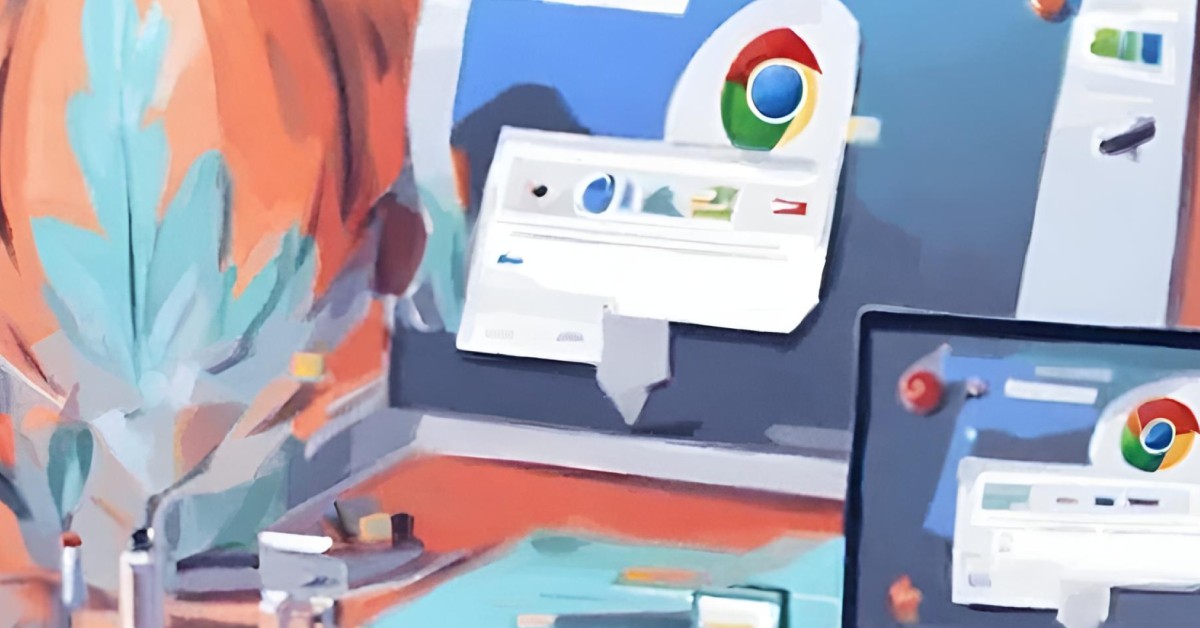Welcome to the digital world where creativity meets functionality, and user experience reigns supreme. In this blog post, we’re going to delve into the powerhouse trio of web development: HTML, CSS, and JavaScript. These three languages work together harmoniously to bring websites to life, each playing a unique role in the creation and design process.
HTML: The Backbone of Web Structure
Think of HTML (HyperText Markup Language) as the skeleton of a web page. It provides the basic structure and content, defining elements like headings, paragraphs, images, and links. HTML uses tags to organize and format information, making it easy for browsers to interpret and display the content correctly.
For example, <h1> tags denote a main heading, while <p> tags indicate a paragraph. Images are inserted using the <img> tag, and links are created with the <a> tag. HTML is like the blueprint that outlines how elements should be arranged and presented on a webpage.
CSS: Adding Style and Flair
While HTML sets the foundation, CSS (Cascading Style Sheets) steps in to add style and visual appeal. CSS allows developers to control the look and feel of a website, including colors, fonts, layout, and spacing. It works by targeting HTML elements and applying styling rules to them.
With CSS, you can create eye-catching designs, responsive layouts, and consistent branding across your site. For instance, you can use CSS to set the background color of a page (background-color property), change the font size and type (font-size and font-family properties), or create hover effects for buttons and links.
JavaScript: Bringing Interactivity to Life
Now, let’s talk about JavaScript, the dynamic powerhouse of web development. Unlike HTML and CSS, which focus on structure and style, JavaScript is all about interactivity and functionality. It enables you to add interactive elements, animations, form validations, and more to your web pages.
With JavaScript, you can create interactive sliders, dropdown menus, pop-up modals, and even build entire web applications. It’s the language that responds to user actions, processes data, and updates content in real time, making websites more engaging and user-friendly.
The Power of these three Integration
What’s truly remarkable is how these three languages seamlessly integrate to create rich, immersive web experiences. HTML provides the structure, CSS adds style and aesthetics, and JavaScript adds interactivity and functionality. Together, they form the backbone of modern web development.
So go ahead, unleash the magic of HTML, CSS, and JavaScript in your next web project and watch your creativity come to life!











Leave a Reply